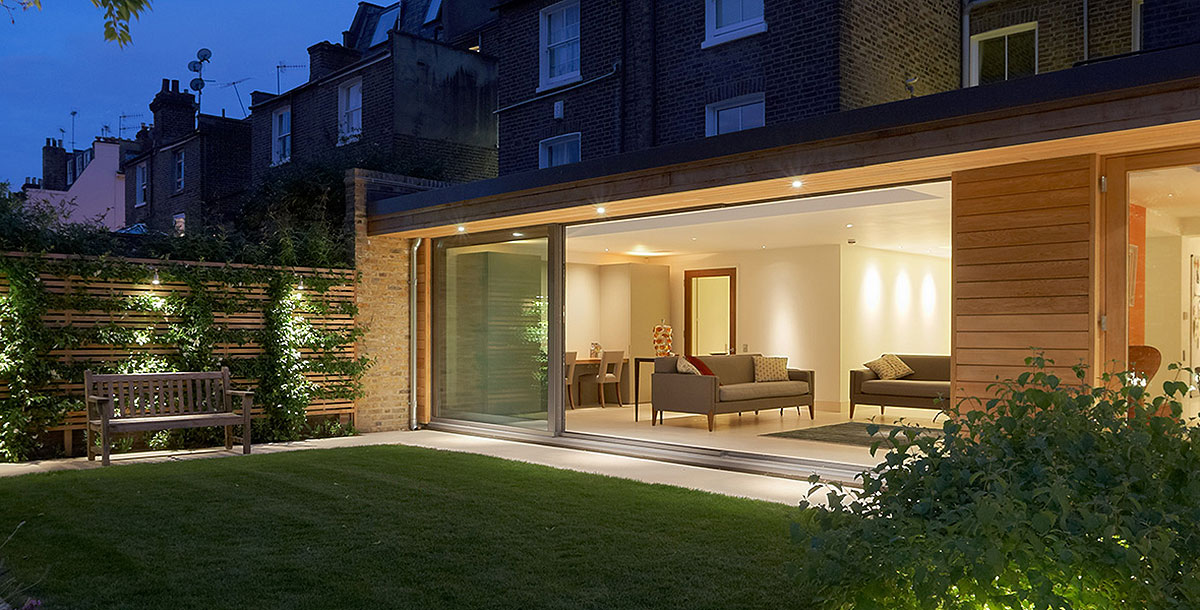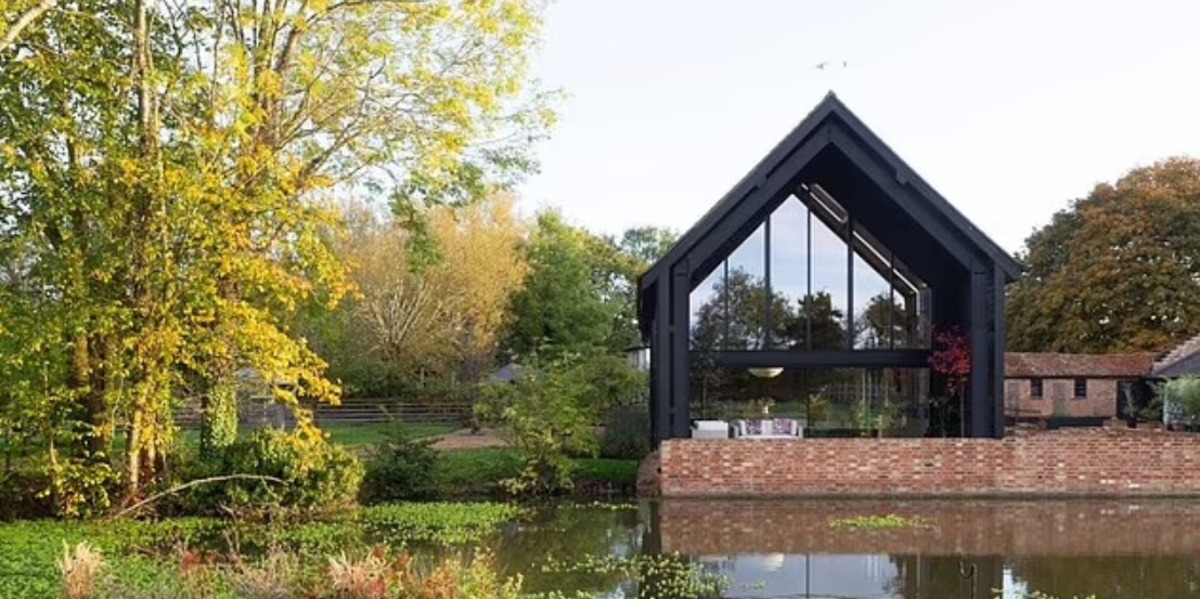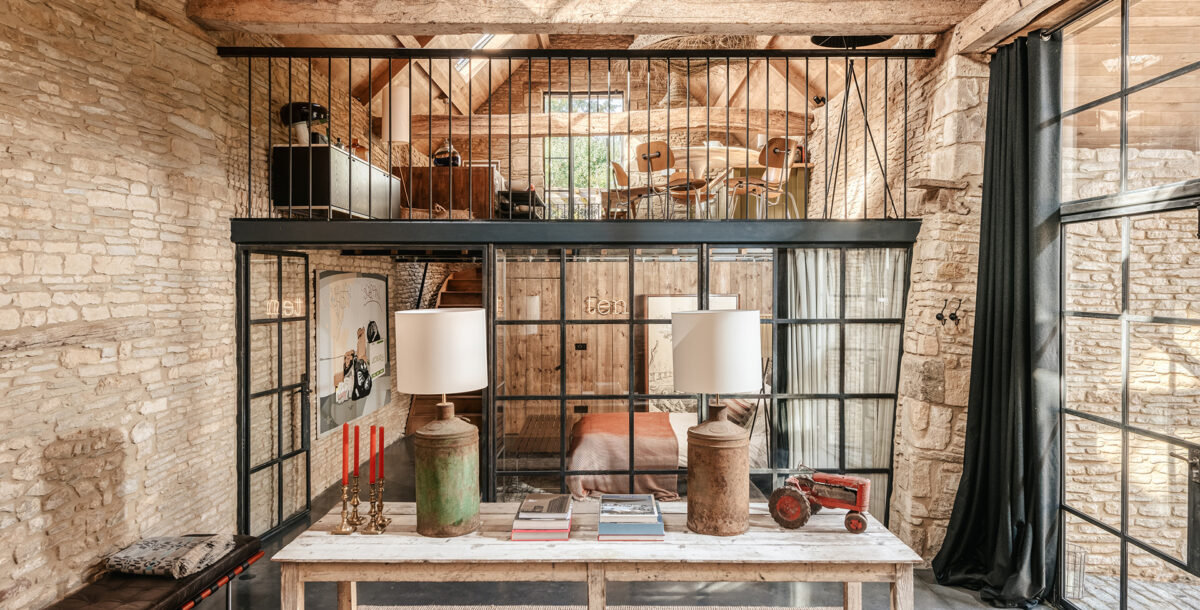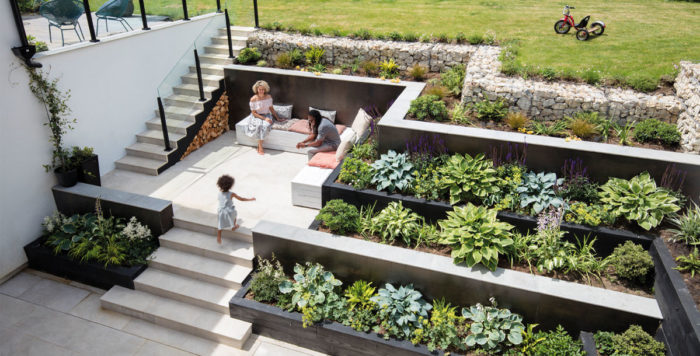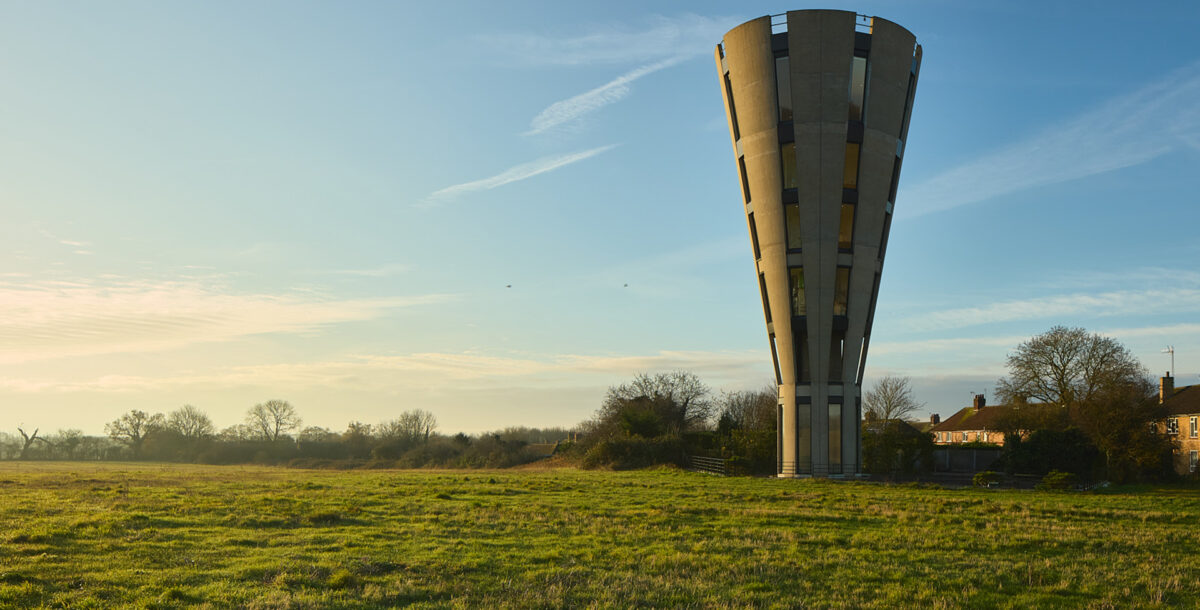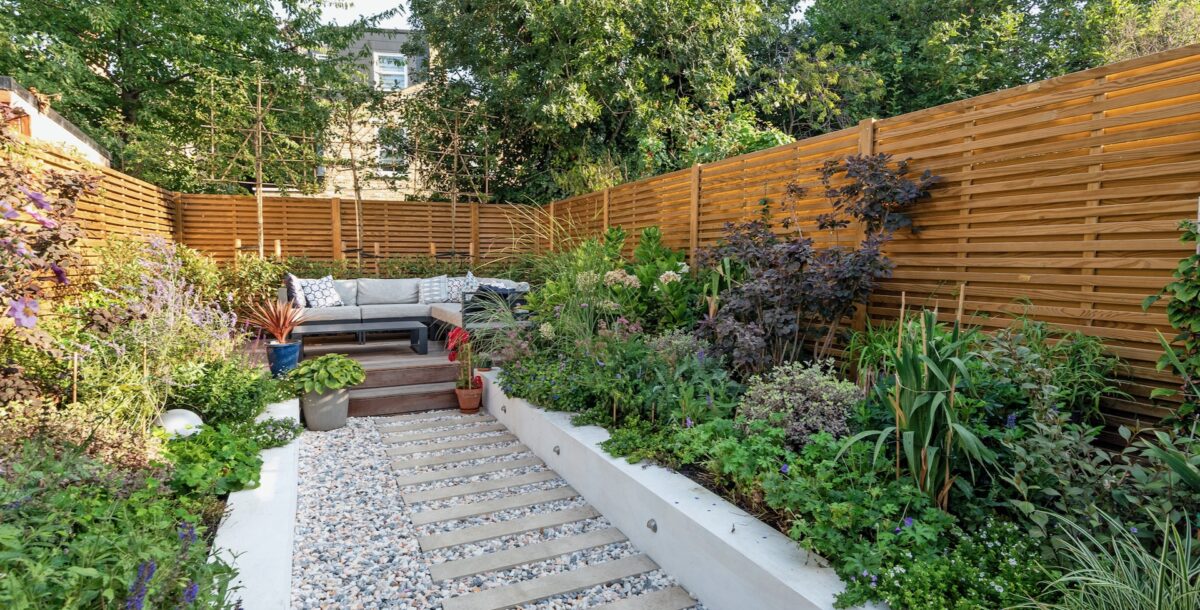Outdoor lighting: what you need to know
Install lighting in your garden for a functional, beautiful space after dark
Expert design advice and practical considerations for illuminating your garden with an exterior lighting scheme.
Whether you like to use your garden after the sun goes down, or you’re just looking for a way to connect your home to your outdoor space to enjoy it after dark, lighting is a much overlooked aspect of garden design.
Whether you’re looking for wall lights, path lights, uplighters or downlighters, take a look at some of this expert advice.
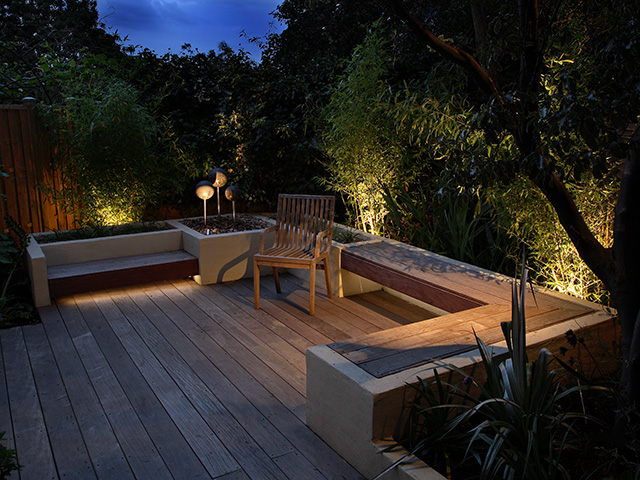
Photo: Moonlight Designs
Strategic placement
Planning is essential, as it’s important not to over-illuminate an area – in the dark, a little light goes a long way. A well thought-out scheme will include a combination of practical path, step and patio lighting and more decorative options for features such as trees, benches and sculptures.
This will help turn an outdoor space into an extension of your home.
‘When your garden is unlit, your windows look like black mirrors from the inside, reflecting the internal space,’ says Sian Parsons, senior designer
at John Cullen Lighting. ‘By lighting up a tree or pergola, your view is extended, increasing the sense of space.’
Highlight architectural features with a selection of light fittings designed to bring out the building’s unique details. Recessed uplighters can be used to cast interesting shadows and emphasise the texture of cladding or masonry. You can also use up/downlighters to dramatically frame a doorway, providing a wash of light to make it feel more welcoming. Or draw attention at floor level with recessed linear lights running along a path, while recessed LEDs are great for brightening a set of steps.
Trees and shrubs can be uplit with an LED-adjustable spike spot and floodlight. For large trees on a lawn consider a recessed lawn fitting, installed flush so a mower can go over it.
Seating areas benefit from wall-mounted downlighters for background illumination. Link indoor rooms that open to the garden by using matching or similar fittings in both spaces.
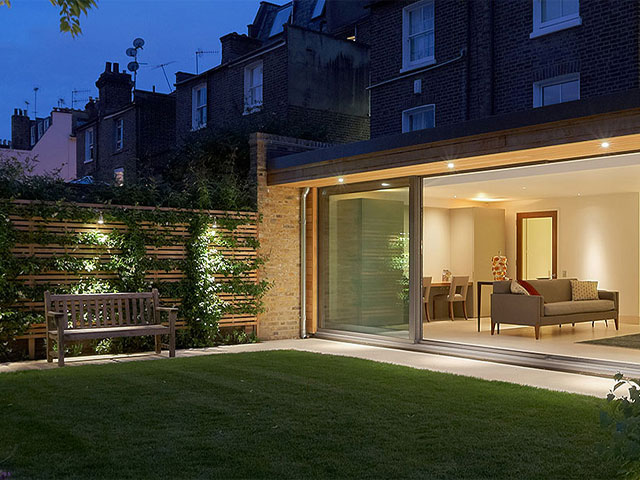
Photo: John Cullen Lighting
Installation and safety
Installing cables will involve mess and upheaval, so schedule this work at an early stage. ‘In a newly landscaped area, ducts are installed to protect cables prior to planting. In mature gardens this causes ground disturbance, so use a small trenching or moling machine that takes out a trench underground without making a mess above,’ says David Haslehurst at Moonlight Design. ‘SWA-armoured mains cables need to be buried to 50cm and although there are no requirements for low-voltage cables, around 30cm is normal so anyone digging can’t hit them.
Decorative lights must be suitable for outdoor use. If they are plugged into an external socket they should be brought inside afterwards, unless labelled as waterproof. Connectors and cables must also be suitable for outdoor installation and weather-resistant to prevent moisture seeping in. Outdoor lighting must have a suitable IP rating for outdoor use and be installed by a qualified electrician – search for one at NICEIC or ELECSA. Outside sockets must be waterproof and RCD-(residual-current device) protected for safety. An RCD turns off the electricity flow when a cable is cut.

